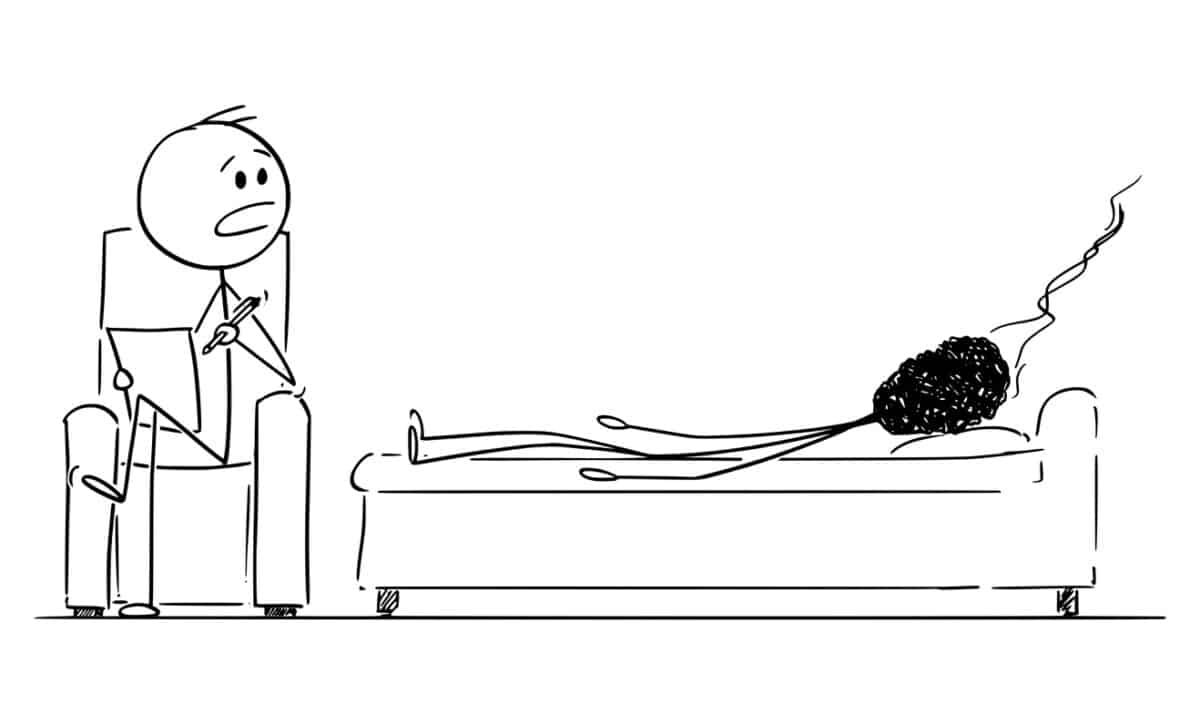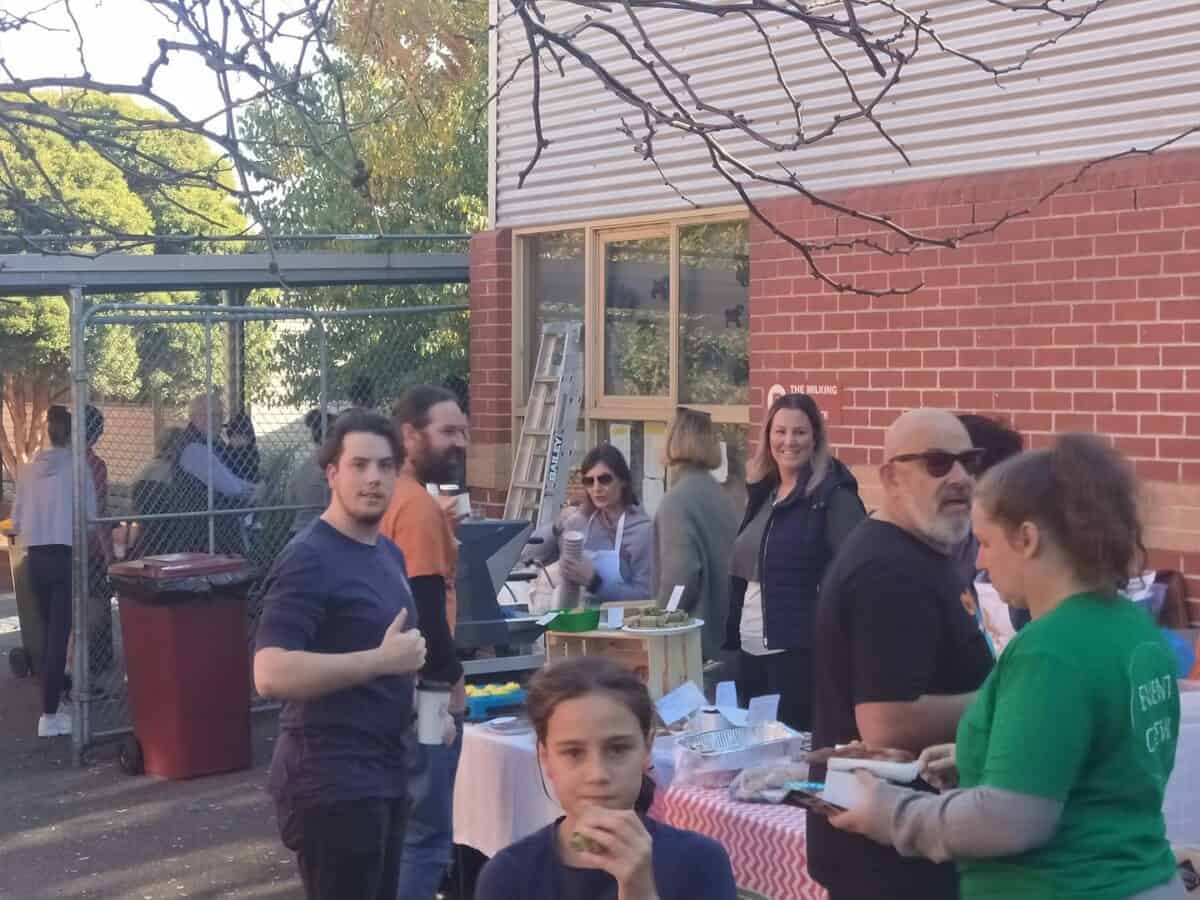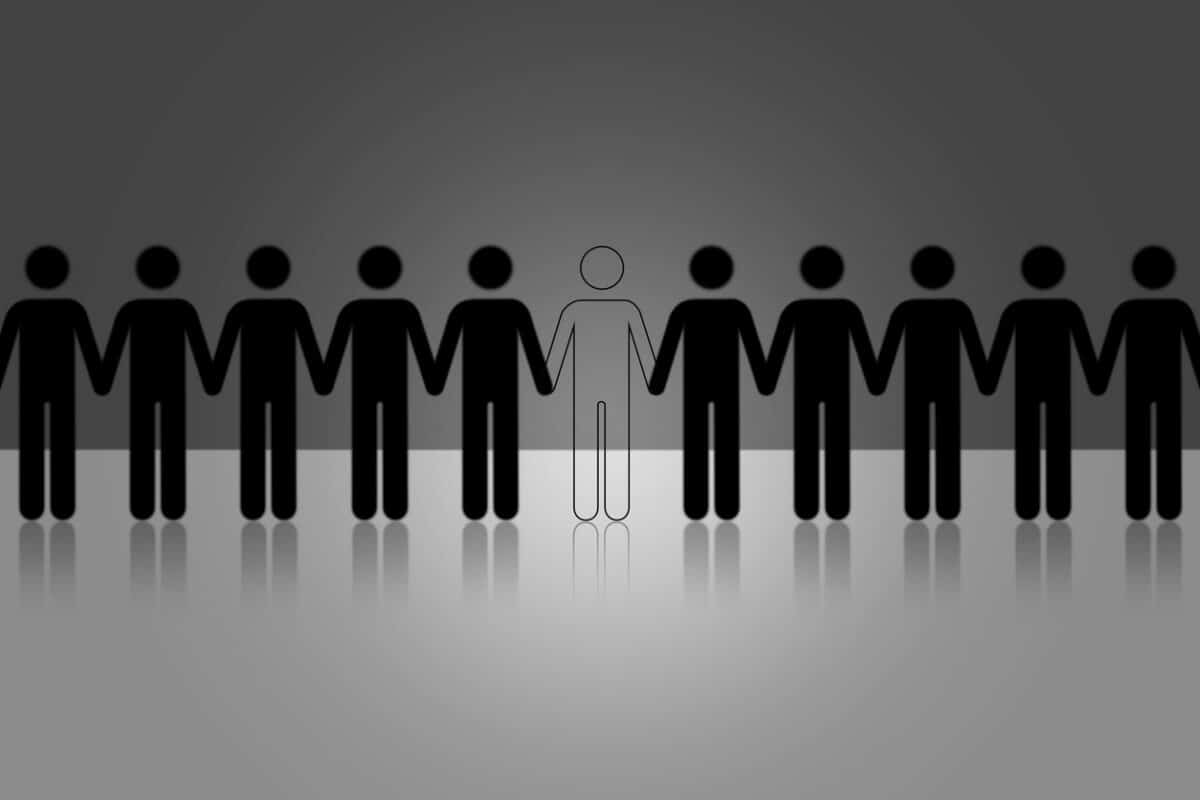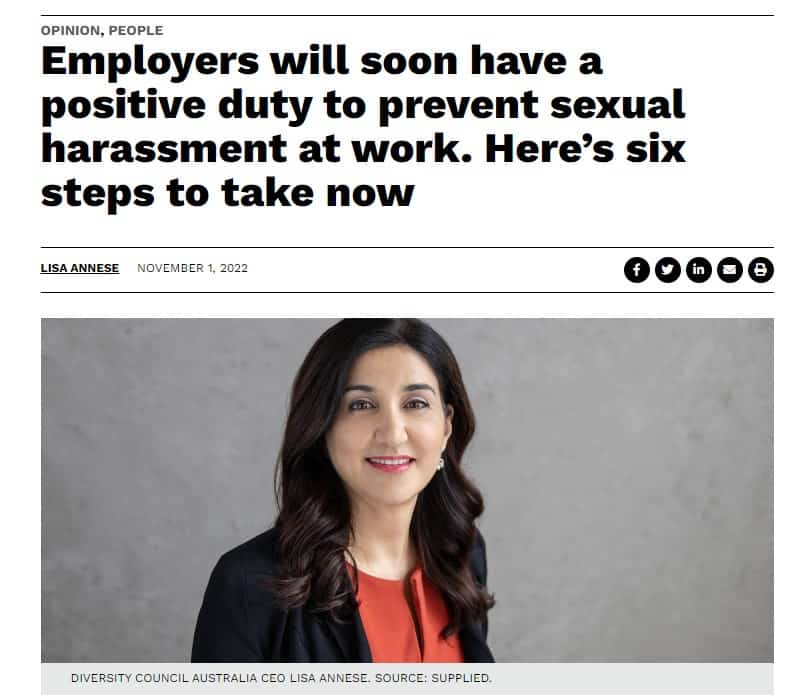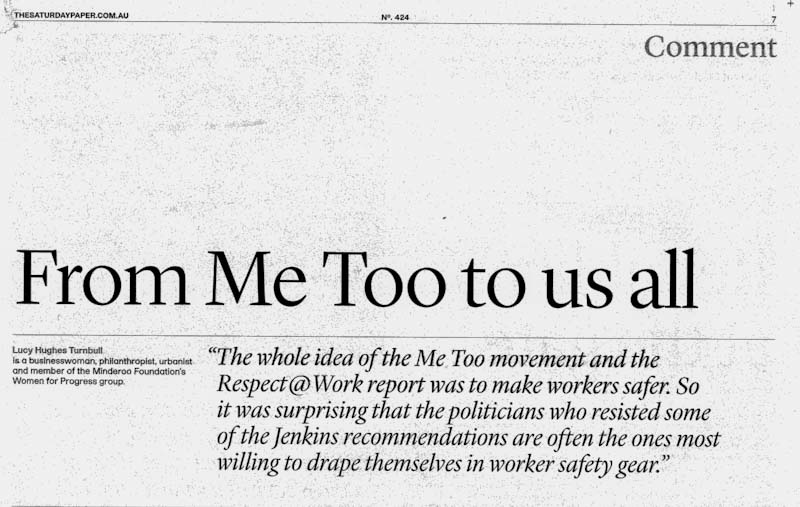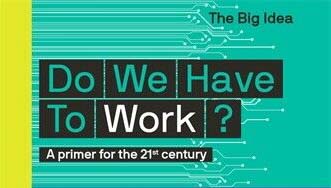One of the impediments to a discussion about mental health at work is the discussion of burnout. There is little doubt that burnout is real, but often it is used as a synonym for mental illness, which is confusing workers and employers, making the prevention of psychosocial harm seem more complex than it is.
Recently a Sydney-based fintech company called Flare released a discussion paper or guide advising on how to manage burnout. It said:

